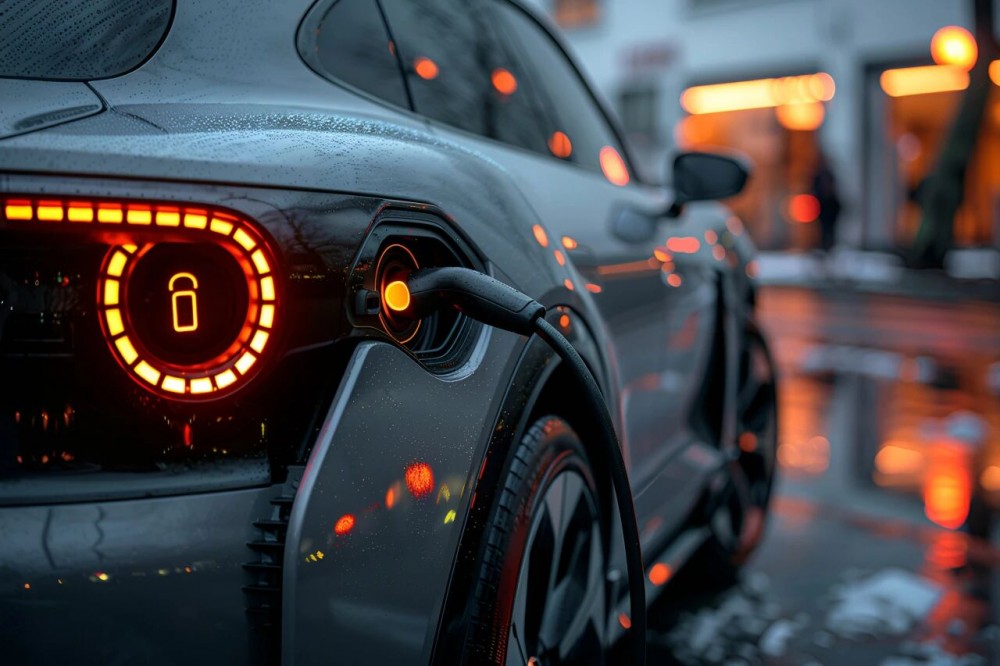Energy Storage: The Core of Future Energy Management
Energy Storage Systems (ESS) store electricity via electrochemical, electromagnetic, or mechanical means, releasing it during peak demand to balance supply and demand. ESS enhances energy efficiency, stabilizes grids, and integrates renewables.

01. Technology Types
Battery Storage:
Lithium-ion: High density, long life, fast charge/discharge.
Sodium-sulfur: Large-scale, high density, long lifespan.
Lead-acid: Low-cost, short-term/backup.
Mechanical Storage:
Pumped hydro: Pumps water uphill during surplus, generates on release.
Compressed air: Stores compressed air, releases to drive turbines.
Flywheel: Stores kinetic energy in spinning rotors.
Electromagnetic Storage:
Superconducting: Zero-resistance at low temps, high efficiency.
Supercapacitors: Ultra-fast charge/discharge, long life.
02. Applications
Renewable Integration:
Solar: Stores daytime excess for night/cloudy use.
Wind: Smooths intermittent output.
Grid Stability:
Peak shaving: Charges low, discharges high.
Frequency regulation: Rapid response to fluctuations.
Backup Power:
Homes/businesses: Uninterrupted supply during outages.
Data centers: Ensures uptime and data safety.
Electric Vehicles:
On-board storage: Efficient, long-range.
V2G: EVs feed power back to grid during peaks.


03. Future Outlook
Tech Advances:
New materials: Solid-state, metal-air batteries.
Smart controls: IoT/AI for optimized scheduling.
Cost Reduction:
Economies of scale + government incentives.
Market Growth:
Widespread use in homes, industry, transport.
Global collaboration accelerates innovation.
Energy storage is pivotal for efficient, stable, renewable-powered grids. With rapid tech and market growth, ESS will drive the global energy transition and sustainability.




.png)

.png)












